In commemoration of ASEAN Dengue Day earlier this year (15th June 2023), a remarkable
alliance has emerged, uniting eight prestigious professional bodies, non-governmental organizations (NGOs), and esteemed medical experts who share a profound dedication to combating dengue. In light of that, these change-makers have come together to form Dengue Prevention Advocacy Malaysia (DPAM).
DPAM, Malaysia’s first independent dengue prevention advocacy group, is jointly established and led by the Malaysian Paediatric Association (MPA), Malaysian Society of Infection Control and Infectious Diseases
(MyICID), Malaysian Society of Infectious Diseases and Chemotherapy (MSIDC), and Malaysian Public Health Physicians Association (PPPKAM), in collaboration with the Malaysian Society of Parasitology and Tropical Medicine (MSPTM), Malaysian Medical Association (MMA), Asia-Pacific Academic Consortium for Public Health Kuala Lumpur (APACPH-KL), and Rotary International District 3300.

1Twenty80 had the opportunity to interview DPAM’s Chairman, Professor Datuk Dr. Zulkifli Ismail to know more about DPAM’s mission and the forecast of dengue in Malaysia.
1Twenty80:
WHAT FACTORS CONTRIBUTED TO THE SIGNIFICANT DECLINE IN DENGUE CASES DURING THE COVID-19 PANDEMIC?
Professor Datuk Dr. Zulkifli Ismail:
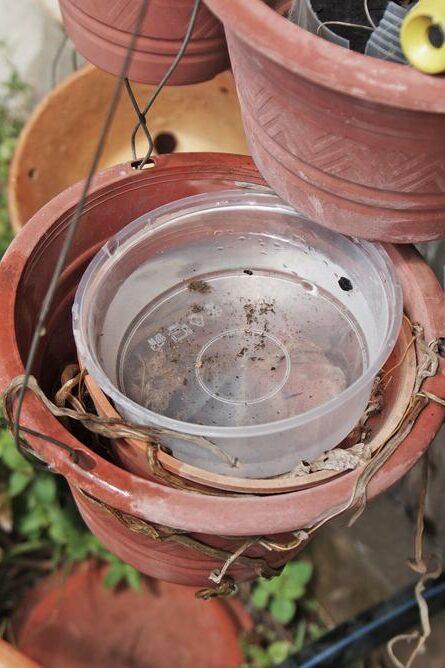
During the pandemic and lockdowns, movement and contact between people and mosquitoes were depleted. People stayed at home and were not exposed to the vectors. Construction stopped and there was limited contact between the breeding mosquitoes and construction workers. Every Asian country reported a decline in dengue cases during the pandemic except Singapore.
1Twenty80:
WHY IS DENGUE MAKING A COMEBACK IN MALAYSIA NOW, DESPITE THE PREVIOUS DECLINE IN CASES?
Professor Datuk Dr. Zulkifli Ismail:
Dengue incidence tends to spike every 4 to 5 years. With the last outbreak in 2019, we expect to see another spike in 2023 or next year. There is a change in the dominant due to the immunity of the population over time. In the beginning, when the population is still naïve to a particular serotype, say DEN-2, there will be increased infection, disease, and deaths. With time and increased immunity, cases decrease and the serotype dwindles. Another serotype then becomes dominant such as DEN-4, and the population has not yet developed immunity against this new serotype. Hence, the cycle repeats itself every 4 to 5 years.
1Twenty80:
CAN YOU EXPLAIN THE REASONS BEHIND THE 158 PERCENT RISE IN DENGUE CASES FROM JANUARY TO EPIDEMIOLOGY WEEK 22 THIS YEAR, AND THE 183 PERCENT INCREASE IN THE DEATH TOLL COMPARED TO THE SAME PERIOD LAST YEAR?
Professor Datuk Dr. Zulkifli Ismail:
There are many factors for this to happen. The 4 to 5 year cycle is already due as explained earlier. The pandemic that limited contact between the mosquitoes and the public allowed the mosquitoes to breed and spread the virus. Now that there is contact between humans and the vector, the chance of contact between the two and transmission of the disease increases. I am sure there could be other reasons as
well but these two are logical.
DENGUE INCIDENCE TENDS TO SPIKE EVERY 4 TO 5 YEARS. WITH THE LAST OUTBREAK IN 2019, WE EXPECT TO SEE ANOTHER SPIKE IN 2023 OR NEXT YEAR.
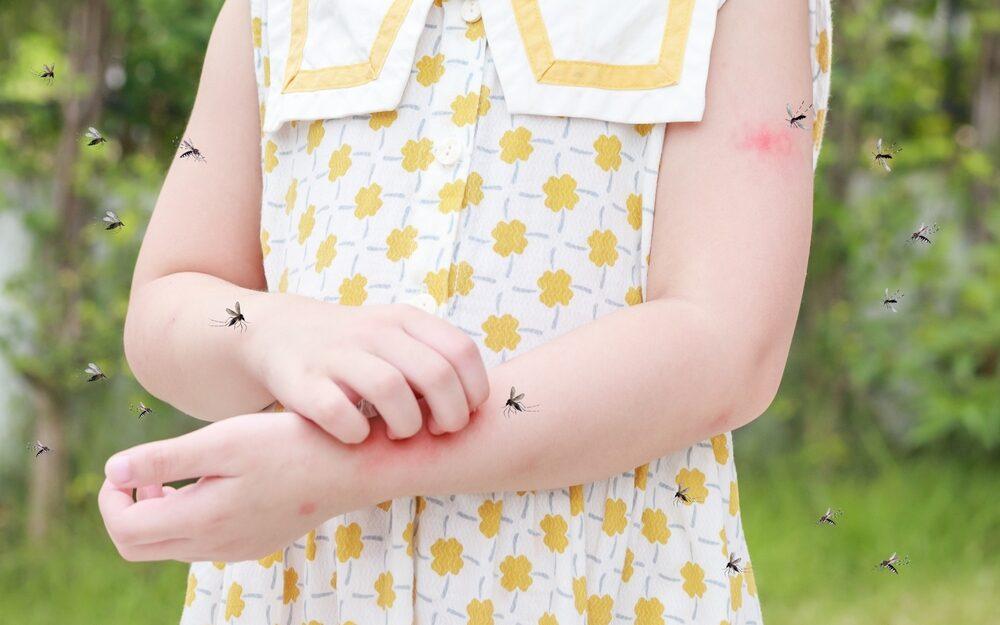
1Twenty80:
WHAT ARE THE MAIN CHALLENGES IN CONTROLLING AND PREVENTING DENGUE OUTBREAKS IN MALAYSIA?
Professor Datuk Dr. Zulkifli Ismail:
Dengue prevention involves controlling mosquitoes from reproducing and preventing contact with humans. The message of eliminating breeding places of the Aedes mosquito has been repeated by
our Ministry of Health (MOH). Despite these, cases continue to increase. This message has to be intensified with buy in from the public, developers, town planners, the media, and more. Enforcement also needs to increase. The main challenge is changing people’s behaviour and also increasing people’s health-seeking behaviour. For example, reaching out to health professionals for early diagnosis and treatment.

1Twenty80:
WHAT MEASURES AND STRATEGIES ARE BEING IMPLEMENTED
TO ADDRESS THE CURRENT DENGUE OUTBREAK AND PREVENT IT FROM SURPASSING THE HISTORIC 2019 OUTBREAK?
Professor Datuk Dr. Zulkifli Ismail:
Public awareness that there is an outbreak is a start to make people realise there is a problem.
This will hopefully get our public concerned enough to change their habits regarding environmental cleanliness. Consistent public education and engagement in all media will be intensified, especially social media. Regular messages in both traditional and alternative media will help to keep the message alive for the public to remember.
THE MAIN CHALLENGE IS CHANGING PEOPLE’S BEHAVIOUR AND ALSO INCREASING PEOPLE’S HEALTH SEEKING BEHAVIOUR.
Enforcement will continue for recalcitrant or ignorant members of the public. The government has also
been releasing Wolbachia-infected mosquitoes that will produce defective larvae or make the mosquitoes sterile in certain areas and monitoring the effectiveness. This has been effectively implemented in Jogjakarta, Indonesia, and Singapore with convincing results of decreased dengue cases.
Another question to think about: What more needs to be done? Proper town planning to reduce high population densities and overcrowding, efficient drainage of drains and water-containing areas run by local councils, education on the use of mosquito repellents especially during dawn and dusk hours,
increased use of larvaecides that can be distributed free by local councils or the government or sold at cheap prices. If there was a vaccine against dengue, this would help to reduce the infection and
deaths thereof further.
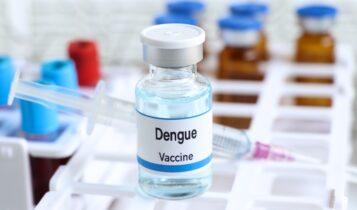
1Twenty80:
ARE THERE ANY SPECIFIC REGIONS OR AREAS IN MALAYSIA THAT ARE MORE SEVERELY AFFECTED BY THE CURRENT DENGUE OUTBREAK? WHY?
Professor Datuk Dr. Zulkifli Ismail:
The Ministry of Health has consistently been releasing ‘dengue hotspots’ when there are cases in any particular area. This is a dynamic exercise and there are no permanent areas. In any particular neighbourhood, if there are fogging activities going on, you can be sure there have been a case or a few cases of dengue in the area. It will then be a good time to go over all collections of stagnant water, no matter how small, and remove these mosquito breeding places. It may also be a good time to start using insect/mosquito repellents when doing gardening or other outdoor chores.

1Twenty80:
HOW DOES THE PROJECTED SURGE IN DENGUE CASES EVERY 4 TO 5 YEARS IMPACT PUBLIC HEALTH PLANNING AND RESOURCE ALLOCATION IN MALAYSIA?
Professor Datuk Dr. Zulkifli Ismail:
Being prepared will always help prevent severe outbreaks. Public spending and resources are the within purview of the MOH. I can provide insights into what DPAM intends to do. DPAM’s strategy would be to increase public education and engagement using all media to push the message of personal responsibility in vector control, personal protection (use of mosquito repellents, larvaecides), early health-seeking behaviour, and engage with healthcare professionals and workers on the early detection of dengue using rapid test kits, detection of early warning signs of severe dengue, early and judicious referrals for admission, proper fluid management in treating severe dengue.
IN ANY PARTICULAR NEIGHBOURHOOD, IF THERE ARE FOGGING ACTIVITIES GOING ON, YOU CAN BE SURE THERE HAVE BEEN A CASE OR A FEW CASES OF DENGUE IN THE AREA.
1Twenty80:
WHAT ROLE CAN THE PUBLIC PLAY IN PREVENTING THE SPREAD OF DENGUE FEVER AND REDUCING THE NUMBER OF CASES?
Professor Datuk Dr. Zulkifli Ismail:
The public has a major role to play in
dengue control and prevention.
>>The public has to take personal responsibility by ensuring their surrounding neighborhoods are free of mosquito-breeding sites. They have to actively look for and discard collections of stagnant water, use larvaecides to kill developing larvae, use mosquito repellents on themselves and family members if doing work outside and exposed to mosquitoes.
>> Neighbourhood associations, places of worship, and schools can organise regular gotong-royong to clear areas that have breeding places like blocked drains and these are highlighted in media to encourage others to follow.

>> Early health-seeking behaviours are highly encouraged, such as seeking medical treatment when having a fever, getting a rapid test done, and properly monitoring and managing conditions upon
diagnosis.
>> Organise talks on dengue by local healthcare professionals to keep everybody alert about the outbreak, especially when there are cases within the neighbourhood.
>> Doctors everywhere should start also using the diagnostic NS1 rapid test to detect early dengue and the price of these tests should come down to encourage more usage.
1Twenty80:
ARE THERE ANY NEW INITIATIVES OR TECHNOLOGIES BEING EXPLORED TO COMBAT DENGUE OUTBREAKS IN MALAYSIA?
Professor Datuk Dr. Zulkifli Ismail:
Many countries, Malaysia included, have introduced Wolbachia-infected mosquitoes. There are different
strategies in using these but the essence is that these infected male mosquitoes will prevent the production of larvae that will survive to be fertile adult female mosquitoes. These strategies have been shown to be effective in reducing the Aedes mosquito population and also the incidence of dengue in the community. The only drawback is the excessive cost.
A new vaccine against dengue has been developed and tested, pending approval here. Results from Latin America and our neighbouring countries have been encouraging with none of the serious complications of antibody-dependent enhancement (ADE) that were seen with natural secondary infection and
a previous vaccine.
New more accurate diagnostic kits are also being tested and introduced. These will increase the specificity of the kits in detecting dengue early.
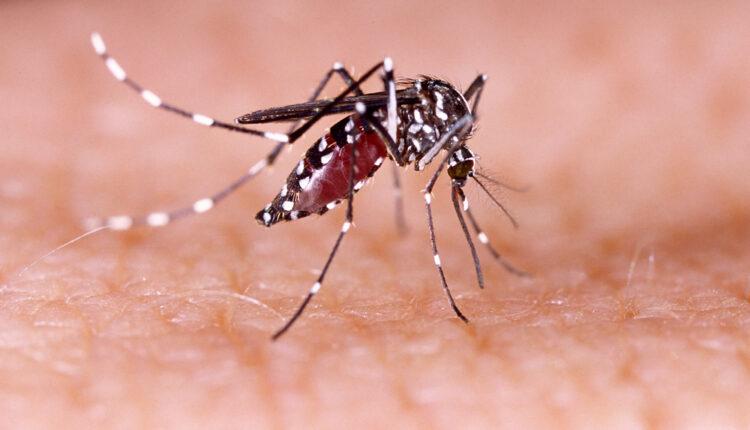
1Twenty80:
IN THE LONG TERM, WHAT ARE THE STRATEGIES AND ACTIONS NEEDED TO REDUCE THE IMPACT OF DENGUE OUTBREAKS IN THE COUNTRY?
Professor Datuk Dr. Zulkifli Ismail:
In the long term, the control of dengue will have to involve a combined effort of vector control, environmental control including town planning, modification of human behaviour through education and engagement, and also early detection and treatment of the disease.
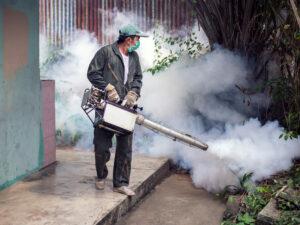
This multi pronged strategy is required due to the nature of this disease. The intermediate vector, the Aedes aegypti mosquito determines the spread of the disease so it is not as simple as smallpox, influenza, measles, or even Covid-19. The population mindset on environmental cleanliness and social responsibility needs to be inculcated to reduce the mosquito population and early treatment will reduce the viral load. The availability of a vaccine will help to reduce viral transmission too.
14 PLACES AEDES MOSQUITOES LIKE BREEDING IN:
- Wheelbarrows
- Elevator Shafts
- Manhole
- Piling Holes
- Tractor Buckets
- Cement Carrying Pails
- Paint Barrels
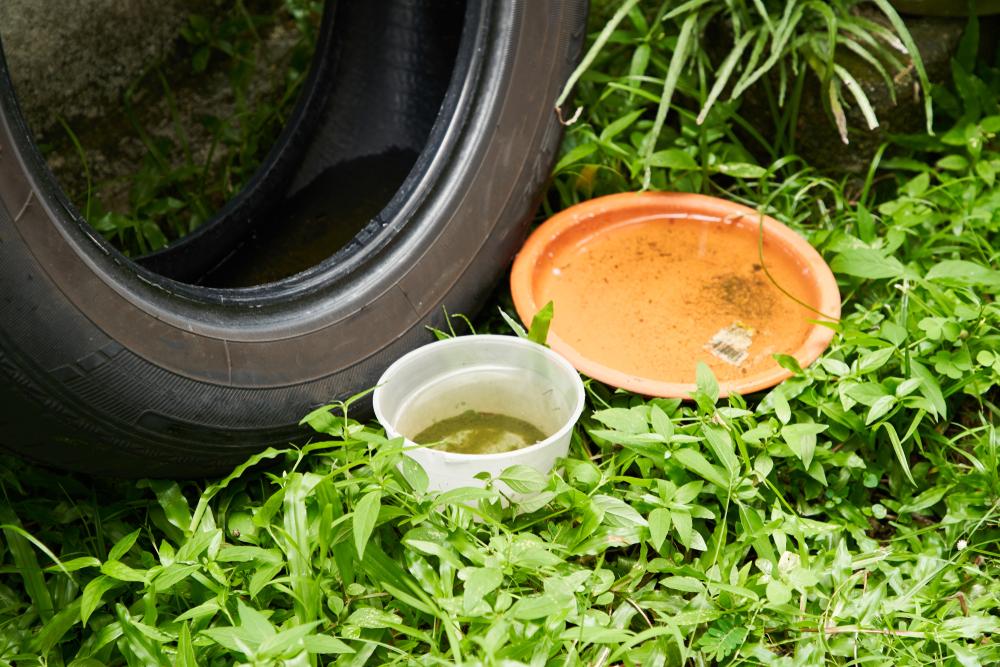
- Plastic Sheets, Bags and
Canvases - Bricks
- Drains
- Old Boots
- Safety Helmets
- Water Tanks
- Tyres
DO YOU THINK YOU COULD HAVE DENGUE FEVER?
Here are some signs and symptoms to look for:
DENGUE FEVER:
> Aching muscles and joints.
> Body rash that disappears and reappears.
> High fever (40°C) for up to a week.
> Intense headache.
> Pain behind the eyes.
> Vomiting and nausea.
DENGUE HEMORRHAGICFEVER (SEVERE DENGUE):
> Bleeding from the mouth, gums or nose.
> Clammy skin.
> Internal bleeding that can result in black vomit and faeces.
> Abdominal pain.
> Small blood spots under the skin.
> Weak pulse.
Source: Department of Occupational Safety and Health














